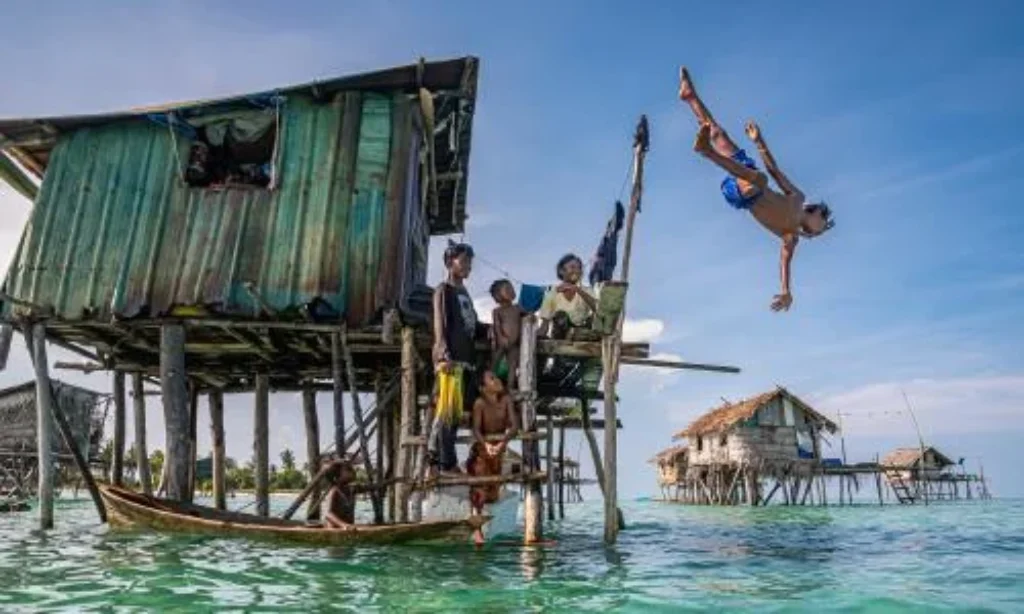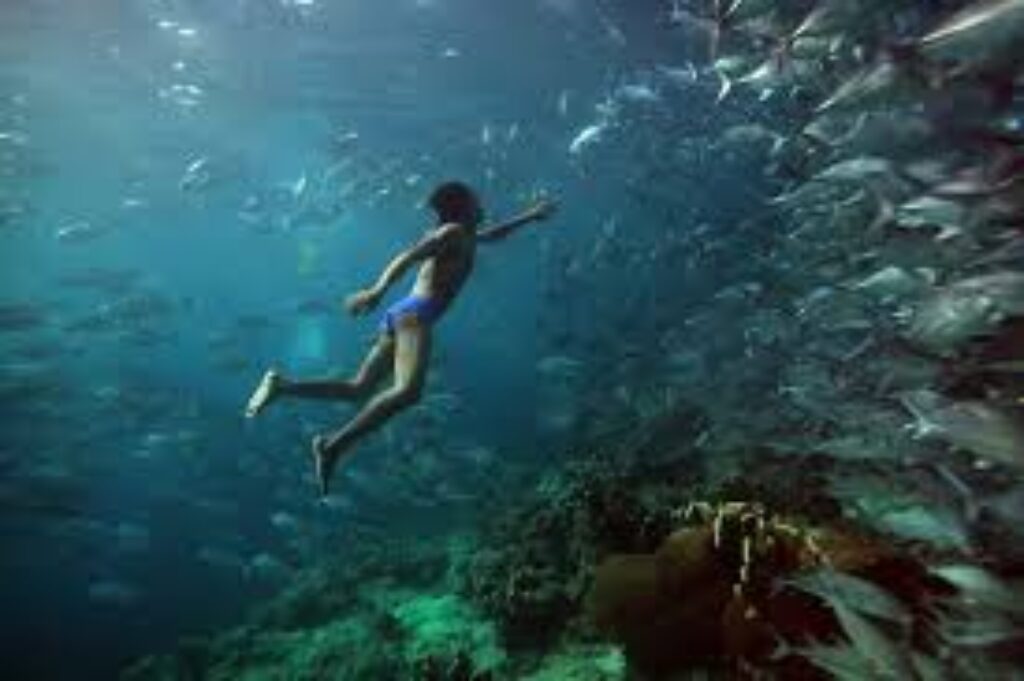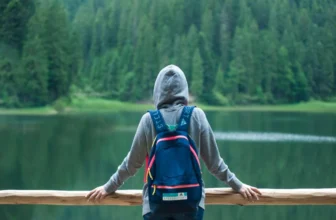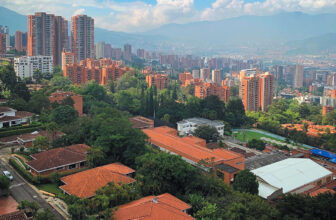
Birth, Life, and Death at Sea: Sea Nomads Who Dread Land
For most people, the sea is a place to visit—something to admire from the shore, cross on a cruise, or swim in for leisure. But for a small, remarkable group of people, the sea is home. They are the sea nomads—communities who live, work, and even give birth on the ocean, often spending months or years without ever setting foot on land. To them, the idea of a permanent life ashore is strange, even unsettling. For some, land is not a place of comfort but of fear.
These sea-dwelling cultures, scattered across Southeast Asia and beyond, have lived in close connection with the ocean for centuries. Their way of life may seem like something out of a forgotten past, yet many still cling to their traditions even in the face of modernity. Let’s dive into the extraordinary lives of sea nomads—and why for them, land is not the answer.
Who Are the Sea Nomads?
One of the most well-known groups of sea nomads are the Bajau Laut, also known as “Sea Gypsies,” who inhabit the waters of the Philippines, Malaysia, and Indonesia. Traditionally, the Bajau live entirely on houseboats called lepa-lepa, drifting from reef to reef, surviving on fishing, diving, and bartering.

Other groups, like the Moken of Myanmar and Thailand, and the Uru of Lake Titicaca in South America, also maintain a seaborne existence. While their methods and environments differ, they share one thing in common: a life deeply tied to water.
Born at Sea
For many sea nomad families, life begins on the ocean. In Bajau culture, it’s not uncommon for women to give birth on boats, assisted by family members or traditional midwives. Babies grow up surrounded by water, learning to swim before they can walk, often diving alongside their parents by the age of four or five.
There’s no formal education in many of these communities. Instead, children are taught the ways of the sea—how to read tides, locate fish, and navigate with nothing but the stars and instinct. Their language, music, and even spirituality are shaped by the ocean’s rhythms.
Life Between the Waves
A typical day in the life of a sea nomad revolves around fishing, free diving, and trading. The Bajau are especially famous for their ability to dive to incredible depths without oxygen tanks—sometimes over 70 meters (230 feet) deep, holding their breath for minutes at a time.
Scientific studies have shown that the Bajau have physiological adaptations to their aquatic life, including larger spleens (which help store oxygen-rich blood), suggesting that their lifestyle has actually shaped their biology over generations.
Their boats are their homes—carefully crafted wooden vessels with sleeping spaces, cooking areas, and storage for tools and nets. Some communities build stilt houses over shallow reefs, but their main sense of home remains mobile. They move with the fish, with the tides, with the seasons.
Dreading the Shore
To sea nomads, land is not always a place of safety. For centuries, they have viewed the shore as a place of rules, taxes, conflicts, and confinement. Land societies have often treated nomadic peoples as outsiders—denying them citizenship, schooling, and legal rights.
Forced resettlement programs in recent decades have pushed many sea nomads to live on land. Governments, citing conservation, education, or economic development, have encouraged or forced sea communities to give up their floating homes. But many who make the transition find themselves lost, jobless, and disconnected.
On land, fishing is restricted. Traditional skills like free diving and boat building are no longer valued. With no legal status and limited access to public services, many end up in poverty. Depression and alcoholism have risen among formerly nomadic communities forced ashore. As one Bajau elder once said, “We feel like fish out of water.”
Death at Sea

Even death, for many sea nomads, belongs to the water. Some communities bury their dead on small islands, while others place bodies in simple wooden coffins and float them out to sea. The ocean gives life—and, in turn, receives them in death.
To outsiders, this may seem tragic or primitive. But for sea nomads, it is a full circle—a return to the only home they’ve ever known.
A Vanishing Way of Life
Today, fewer sea nomads live entirely on the ocean. Climate change, overfishing, legal pressure, and globalization are slowly dissolving their ancient lifestyle. Yet some resist, clinging to their boats, their heritage, and their watery freedom.
In a world obsessed with borders, maps, and ownership, sea nomads challenge the idea that home must be anchored to land. For them, the sea is not just a setting—it’s an identity.
As their numbers dwindle, their story becomes more urgent: a reminder that there are still people who live by the tides, guided by the stars, and fear the land more than the storm.








